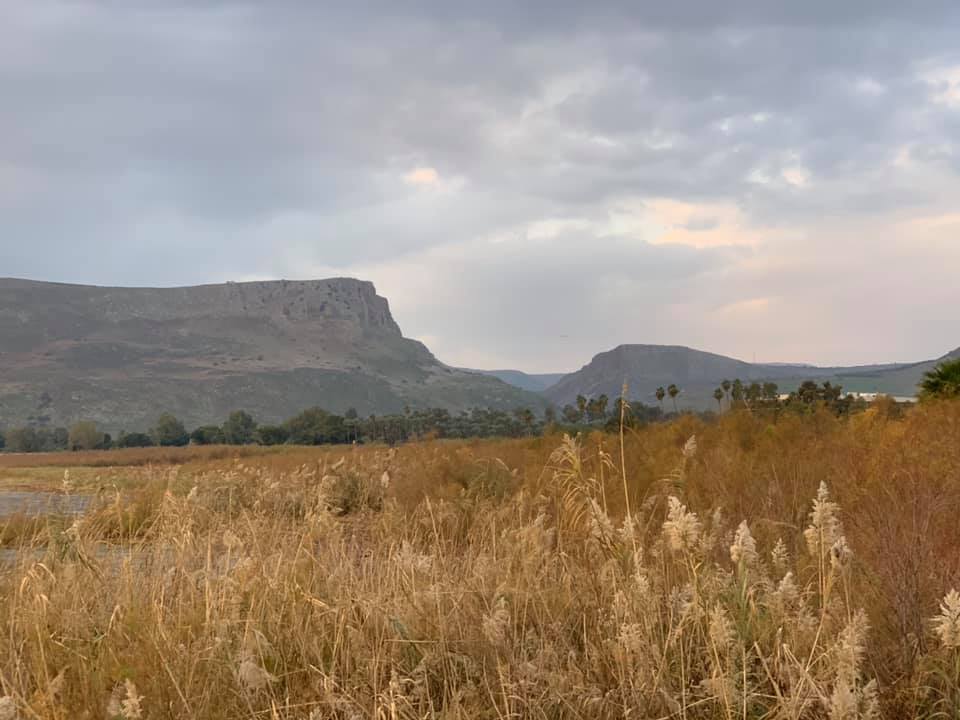Mount Arbel is a mountain in The Lower Galilee near Tiberias in Israel, with high cliffs, views of Mount Hermon in the Golan Heights, trails to a cave-fortress, and ruins of an ancient synagogue. Mt. Arbel sits across from Mount Nitai; their cliffs were created as a result of the Jordan Rift Valley and the geological faults that produced the valleys.
There are four villages on the mountain: Kfar Zeitim, Arbel, Kfar Hittim, and Mitzpa. The peak, at 181 metres above sea level (380 metres above the surrounding area), dominates the surroundings (much of the area is below sea level) and from the lookout atop the mountain, almost all of the Galilee into the Golan Heights including Safed, Tiberias and most of the Sea of Galilee, is visible.
History
Dug into the mountain are a number of documented Jewish cliff dwellings, expanded from natural caves, dating back to the Second Temple period.
Hellenistic period
In 161 BCE “Arbela” was the site of a battle between the supporters of the Maccabees and Seleucid general Bacchides, who defeated and killed his opponents (1 Macc. 9:2). Josephus mentions in his Antiquities that the Greek general captured the many people who had taken refuge in the caves at Arbela.
Roman period
In 38 BCE, we are told by Josephus, partisans of Antigonus fighting against Herod who was conquering the land with Roman support, were either killed in their cave hideouts or committed suicide.
It is also Josephus who, writing about himself in the third person, tells us how he fortified the caves and used them as storage base at the beginning of the First Jewish–Roman War in the year 66 CE, when he was in charge of the defense of Galilee:
“Moreover, he (Josephus) built walls about the caves near the lake of Gennesar, which places lay in the lower Galilee”.
Late Roman and Byzantine period: the Arbel synagogue
Arbel ancient synagogue
Nearby are the ruins of an ancient Jewish settlement with a synagogue, built in the 4th, rebuilt in the 6th and kept in use until the 8th century CE.
Ottoman period
The cave system was finally refortified into a cave castle by Ali Beg, the son of 17th-century Druze ruler, emir Fakhr ad-Din al-Maani. Because Ali Beg belonged to the Maan dynasty, his castle was called Qal’at Ibn Maan, the “fortress of the son of Ma’an” by locals.

